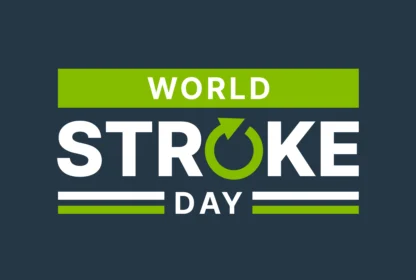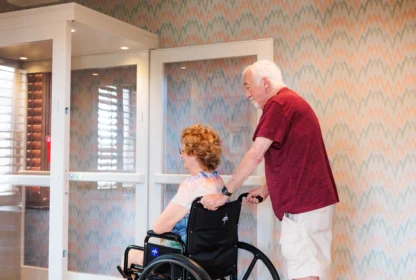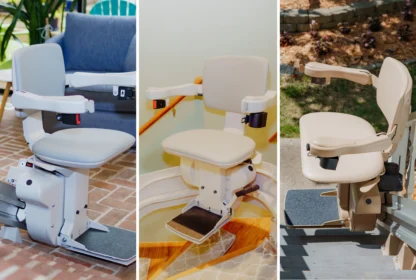Will Medicare or Medicaid Pay for a Stairlift?
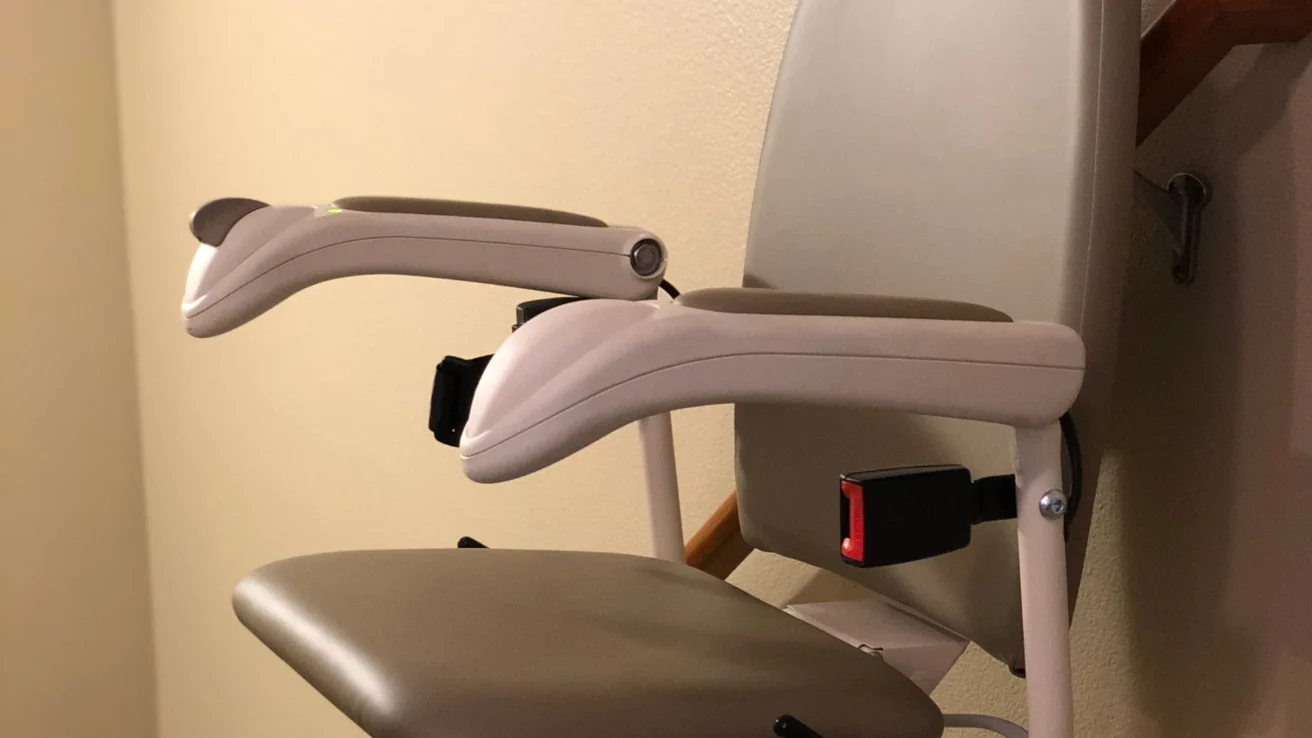
At 101 Mobility in Boise, we’re committed to breaking down barriers and simplifying life for those with mobility challenges. Understanding the financial aspects of enhancing home accessibility with stairlifts can be life-changing. This blog will help you navigate the financial landscape, from exploring insurance options like Medicare or Medicaid to uncovering alternative funding solutions. Our goal is to empower you with knowledge, enabling you to transform your home into a haven of safety and independence.
What Insurance Will Help Cover the Cost of Stairlift?
When considering the installation of a stairlift in your home, navigating the financial aspect can often feel overwhelming. Thankfully, there are several insurance options that may help cover the cost, falling under the category of “Home Modification”. At 101 Mobility, we’re committed to assisting families with the necessary documentation and assessments to explore their options.
Medicare
Traditional Medicare typically does not cover stairlifts since they are not categorized under Durable Medical Equipment (DME) that Medicare covers. Some Medicare Advantage plans, which are alternative Medicare plans offered by private insurance companies, may include broader benefits. These plans often extend their coverage to include additional aids for home accessibility improvements, such as stairlifts, especially if they are deemed medically necessary by a healthcare provider. It’s important to note that 101 Mobility is not a Medicare provider.
Medicaid
Medicaid coverage for stairlifts can vary significantly from state to state and the specific Medicaid programs available. Unlike Medicare, Medicaid is a joint federal and state program that provides health coverage to low-income individuals and families, and offers state-specific policies, some of which may contribute towards stairlift installation.
Many states use waivers or special provisions under the Home & Community Based Services (HCBS) to support individuals who prefer to receive care in their home or community. To qualify for stairlift funding through Medicaid, individuals must demonstrate a medical necessity for the equipment in their home. This involves a recommendation from a healthcare provider that outlines how a stairlift will help manage a specific health condition or mobility limitation.
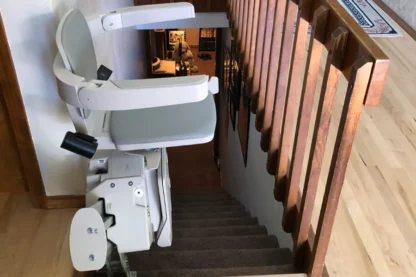
Workers Compensation
If a stairlift becomes a necessity due to an injury incurred in the line of duty, Worker’s Compensation could potentially fund the installation as part of the rehabilitation process. Taking advantage of this option requires a clear understanding of your state’s Worker’s Compensation laws and a solid case that the stairlift is a necessary adaptation to your home to facilitate your recovery and daily living.
Veterans Administration
Veterans may find valuable resources through the Veterans Administration (VA), which offers several programs aimed at assisting with mobility challenges in the home. One such program is the Specially Adapted Housing (SAH) grant, designed to help veterans with severe service-connected disabilities to live more independently in a barrier-free environment. Another option is the Home Improvements and Structural Alterations (HISA) grant, which provides financial resources for home modifications to improve access, mobility, and safety. Additionally, veterans may receive support through the VA’s Prosthetics Division, which can cover a range of equipment, including stairlifts, when deemed medically necessary. Each of these programs has specific eligibility criteria and application processes, underscoring the VA’s commitment to supporting veterans in achieving greater mobility and independence in their homes.
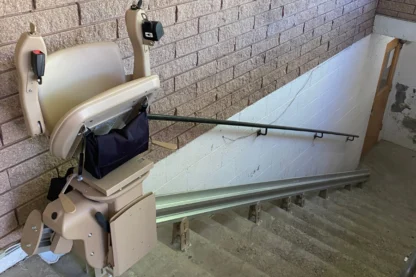
Private Insurances
Coverage for stairlifts by private insurance varies, with most policies typically requiring comprehensive documentation and a physician’s recommendation to consider partial coverage. It’s rare for private insurance to cover Environmental Home Adaptations unless in exceptional circumstances, such as a diagnosis with specific illnesses like MS, which may increase the likelihood of obtaining some financial assistance. Additionally, if the need for a chair lift stems from a traumatic injury, there may be a case for the insurance of the responsible party to cover the cost.
It should also be noted that 101 Mobility, a provider of stairlift equipment, does not directly bill private insurance companies. Instead, families must pay upfront and can seek reimbursement if their insurance policy provides for such coverage.
What Information is Needed to Get Cost Coverage of Stairlift?
Insurance companies often require a physician’s statement or prescription affirming the medical necessity of a stairlift. Gathering this comprehensive documentation streamlines the process of getting financial assistance for your mobility solution.
Medical Necessity Documentation
Securing coverage for a stairlift often depends on providing documentation of medical necessity. This paperwork, typically a physician’s statement or prescription, must clearly state that the stairlift is essential for the patient’s daily living and mobility within their home. It should emphasize that the stairlift is not merely for convenience but a vital component of the patient’s health and safety regimen.
Quotations and Cost Estimates
101 Mobility simplifies this process by providing comprehensive, free quotes detailing the cost and specifications required for your stairlift installation. These precise estimates ensure that you can make informed decisions and facilitate discussions with insurance providers or financial planners.
Home Assessment Reports
For securing cost coverage for a stairlift, you will need to have a home assessment. These documents illustrate the specific reasons why a stairlift is essential for your residence, highlighting any unique architectural features or mobility challenges that other solutions cannot adequately address. 101 Mobility conducts thorough home assessments, providing detailed reports that showcase the necessity of a stairlift for maintaining independence and safety.
Insurance Policy Review
Reviewing your insurance policy meticulously is a necessary step to uncover potential coverage for stairlift costs. This involves examining the fine print and specific clauses related to mobility aids and equipment, identifying any conditions that might allow for partial or full reimbursement. 101 Mobility can provide some helpful, basic guidance based on our experience with various programs. But we do advise that the family consults directly with their insurance carrier, care coordinator or case manager.
Can a Chair Lift Save You Money?
Investing in a stairlift can offer significant financial savings over the long term, beyond its immediate benefits for mobility and independence. By installing a stairlift in your home, you’re not just enhancing accessibility; you’re also implementing a proactive measure that can reduce or even eliminate certain costs associated with mobility issues.
Avoiding Accidents and Subsequent Medical Costs
Stairlifts minimize the risk of falls and accidents, significantly cutting down potential medical expenses. By providing a safe and reliable way to navigate stairs, they eliminate the hazard of injuries that could lead to costly hospital visits or long-term health issues.
Postponing or Eliminating Need for Assisted Living
Installing a stairlift can delay or even eliminate the need for assisted living or in-home care services, offering a significant financial advantage. By enhancing mobility and independence within the home, individuals can continue living comfortably in their own space without the immediate need for external support.
Increasing Home Value
Adding a stairlift can also enhance your home’s market appeal and value, especially for potential buyers with mobility needs. It’s a feature that demonstrates your home is accessible and adaptable.
Schedule a Free In-Home Consultation With 101 Mobility Now
101 Mobility is proud to provide high-quality accessibility equipment that can quickly improve how you or your loved ones move throughout the house. We offer wheelchair ramps, stairlifts, home elevators, and platform lifts that are uniquely designed to complement the layout of your home. Whenever your needs change, 101 Mobility is your partner in accessibility. Our technicians can easily travel to your home in the Treasure Valley or Magic Valley. Schedule your free consultation online or call us at (208) 271-9559 to get started.
